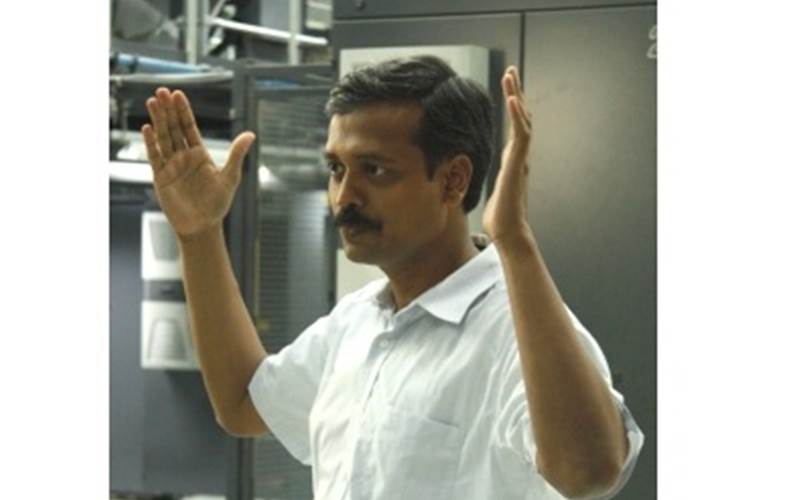The team from PWI visited the ToI plant in Pune and finds the dexterous new kit has not only been a saving proposition but also potentially opened up significant commercial opportunities.
India’s largest selling English daily newspaper, The Times of India (TOI) launched in 1838, is a part of the media and entertainment group, the Times Group. The printing plant in Pune which was established in 1999 had initiated its production with a Manugraph Newsline 45 web offset press. The plant now houses a four tower Manroland Cromoman 4-1 press and a Ferag mailroom with automatic truck loading system.
The TOI has been in a significant relationship with Manroland Web Systems and Ferag India. R Salai Vallan, assistant general manager at TOI Pune says, “Manroland and Ferag India are the tried and tested vendors for TOI. A raft of Manroland web presses like Colorman, Geoman, Regioman and Cromoman has been installed at multiple TOI print sites along with Ferag mailroom systems.”
Cromoman 4-1, the first of its kind, has been successfully installed at Times of India, Pune facility. The installation was completed in 37 days, and the machine swung into action on 2 February.
Cromoman 4-1 is a compact-sized, double-width (1,379 mm), single circumference (546 mm) press. Salai Vallan, says, “Cromoman, which is just 7.4m high, is shorter than its sister presses like Regioman or Colorman, we had to lower the plinth so as to accommodate the machine.”
Salai Vallan adds, “The press requires low capital investment and due to its compactness the operational costs, utility requirements and energy consumption also comes down.”
The commendable feature of Cromoman is that the reel stands are positioned perpendicular to the press, which makes it possible to have the reel stand on the same floor. “This architecture has minimised the space requirements and reduced the length of paper travelling through the machine at a time. Also it reduces the web-tension variations. This kind of feature will be the future at least for medium-scale print order requirements,” says Salai Vallan.
The press is shaft less; this makes it possible to perform maintenance works and routine clean-ups on the individual towers even when other towers are running.
The Cromoman 4-1 with four printing towers and one folder yields production speeds up to 70,000 copies per hour. Salai Vallan says, “At night, we print several lakh copies of four editions: The Times of India, Maharashtra Times, The Economic Times and Pune Mirror.”
The Times of India has an automated pre-press facility. The printing division receives the print-ready TIFF files which are fired to a battery of Krause platesetters and the plates are readied to go on the press. Salai Vallan says, “Only one person is required for making the plates, thanks to the automated CTP system. As there is not much load, we consume up to 300 plates per day.”
The inks are stored in tanks and pumped directly into the inking units on the press while using imported newsprint stock to print its editions. “We also use newsprint from Indian players like Emami Papers,” added Salai Vallan.
Salai Vallan continues, “The first usable print can be expected after initial 250 to 300 copies. The wastage depends on the degree of automation, number of colour pages and quality you are looking for.”
The Ferag mailroom system and the automatic truck loading system is the backbone to the post-press section. Salai Vallan says, “Ferag mailroom system has helped us to move towards greater automation and process optimisation.” The mailroom system comprises of UTR conveyor, stacker, film wrapper and strapping machine. It enables the printed copies to be bundled, strapped, wrapped and conveyed to the truck.
The research agency Ernst & Young (E&Y) estimates the print media’s growth nationally to remain unchanged from 3-4% in the past nine months, while growing at 10-12% in the regional markets. Print editions are not vanishing anytime soon. Most newspaper publishers in India are opting to deploy extra capacity of their print facility to bring in commercial broadsheet.
Agreeing to this fact, Salai Vallan, says, “We are looking forward to utilise the daytime for commercial printing so that there is maximum utilisation of the machine. The market has to be explored further. If there is any requirement in the market that can be fulfilled with the kind of setup we have, we will surely cater to it.”
Click here to view the Times of India picture gallery














 See All
See All